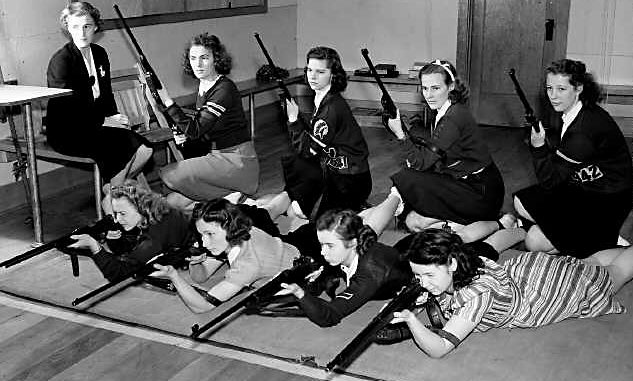
TFP’s Gun Safety Series – Part 3: Protection
Home Safety and Protection
Although I am a pistol instructor, I always recommend a pump-action shotgun for defense and protection inside the home.
A shotgun is much easier to aim, particularly under stress, every criminal knows the sound of a pump-action shotgun being cycled, and is unlikely to stick around, it is less likely to be inadvertently left where children can find it, and it is much more likely to stop a threat.
Tacky Psyche Effect, the Consequences
As I noted in a prior post, the Tacky Psyche Effect degrades your fine motor skills. As a result, when a person is under stress, it becomes very difficult to hit the target with a handgun. Some of you may remember the 2012 Empire State Building shooting. The initial reports were that the shooter had hit and killed his initial target, then wounded 9 other people. Later, it was revealed that NYPD officers fired all of the bullets which wounded the bystanders. A shotgun is much easier to hold on target.
Other Protection Factors
A 12 gauge shotgun, even with 2¾” shells, can propel 1⅛ two 1¼ ounces of lead more than 60% faster than a .45 ACP will propel ½ ounce, and 25% faster than a 9 mm will propel ¼ ounce of lead. As a result, shot placement is not nearly as important. Even so, a shotgun is safer for the other residents of the home. An interior wall will do little to slow down a handgun bullet in virtually nothing to slow down a rifle bullet. A shotgun loaded with birdshot will not normally penetrate two layers of drywall with enough force to kill a person in the next room.
Personal Protection
When choosing a handgun to carry, always choose the largest cartridge you can effectively handle, in a handgun you can reasonably conceal.
Ammunition Considerations
In 1989-90, FBI conducted an exhaustive study of handgun cartridges before adopting the 10 mm, a hunting cartridge, for used by its Agents. Although the ballistics are impressive, the FBI soon found that Agents with smaller hands could not effectively handle the recoil of the 10 mm. The FBI eventually adopted the then new .40 S&W. Recently, the FBI went to the 9 mm, because too many Agents were having trouble accurately shooting the .40 S&W.
FBI Findings
Psychological Impact and Your Protection
Still, the FBI study is instructive. Among its findings were:
“Physiologically, no caliber or bullet is certain to incapacitate any individual unless the brain is hit.”
“Psychologically, some individuals can be incapacitated by minor or small caliber wounds.”
“Those individuals who are stimulated by fear, adrenaline, drugs, alcohol, and/or sheer will and survival determination may not be incapacitated even if mortally wounded.”
Physical Impact and Your Protection
“The will to survive and to fight despite horrific damage to the body is commonplace on the battlefield, and on the street.”
“Barring a hit to the brain, the only way to force incapacitation is to cause sufficient blood loss that the subject can no longer function, and that takes time.”
When Your and Your Loved Ones’ Lives Matter
“Even if the heart is instantly destroyed, there is sufficient oxygen in the brain to support full and complete voluntary action for 10-15 seconds.”
“The much discussed ‘shock’ of bullet impact is a fable and ‘knock down’ power is a myth.”
“The critical element is penetration. The bullet must pass through the large, blood bearing organs and be of sufficient diameter to promote rapid bleeding.”
The Details of Your Protection Matter
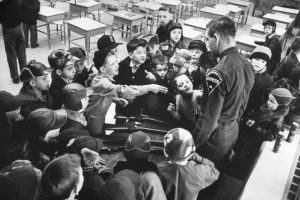
“Penetration less than 12 inches is too little, and, in the words of two of the participants in the 1987 Wound Ballistics Workshop, ‘too little penetration will get you killed.’”
“Given desirable and reliable penetration, the only way to increase bullet effectiveness is to increase the severity of the wound by increasing the size of hole made by the bullet.”
“Any bullet which will not penetrate through vital organs from less than optimal angles is not acceptable. Of those that will penetrate, the edge is always with the bigger bullet.”
From Mr. Barrett’s Class:
In my concealed carry courses, to demonstrate how much a small increase in bullet diameter matters to wound size, I use a photo of different calibers of jacketed hollow point bullets after they were fired. The following table sets forth the results:
| Cartridge | Diameter | Area | % Increase |
| 9 mm 147 gr. | .62″ | .3019″ | – |
| .357 Sig. 125 gr. | .63″ | .3117″ | 3.25 |
| .40 S&W 180 gr. | .68″ | .3632″ | 20.29 |
| .45 ACP 230 gr. | .74″ | .4301″ | 42.46 |
John’s Personal Chart from His Classes:
I created the following chart for use in my concealed carry course to show the relative power of various handguns and affect of barrel length, using data from commercial handgun ammunition:
| Cartridge | Muzzle Energy
(Ft-Lbs.) |
Barrel Length |
| 9 mm | 341 (+ P – 369) | 4″ |
| .357 Sig. | 502 | 4″ |
| .357 Mag. | 624
400 |
8″
2″ |
| .38 Spec. | 249 (+ P – 290) | 4″ |
| .380 | 200 | 4″ |
| .40 S&W | 506
408 |
4″
3″ |
| .44 Mag | 999 | 7.5″ |
| .45 ACP | 411 (+ P – 494)
333 |
5″
3″ |
| .45 Colt | 460 | 4.75″ |
Outcomes
Both the .38 special and the .380, are inadequate to achieve the necessary 12″ penetration. However, it remains true that a hit with a .22 is better than a miss with a .44 magnum.
Making Your Protection Choice
Most shooting ranges have a variety of handguns available for rent. Anyone who is unfamiliar with handguns should take advantage of this before choosing one to carry. No matter what you choose, it is imperative that you practice until you are proficient, then practice regularly to maintain that proficiency.
Practicality and Protection:
One final note: If the handgun you choose is too large to be carried comfortably, you will not carry it regularly. Choose a handgun and a holster that are comfortable for you.
Part 4…
TFP’s Gun Safety Series will continue with Part 4 in the coming weeks, so check back with The Founding Project’s website regularly.
Besides being a regularly featured writer for The Founding Project, John Barrett is an attorney and NRA-certified pistol instructor. His usual bio is included below this article.


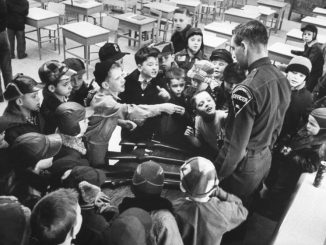
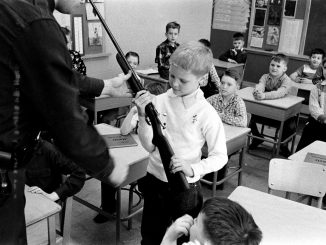
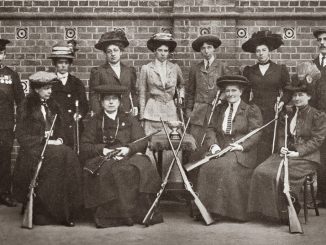
Leave a Reply